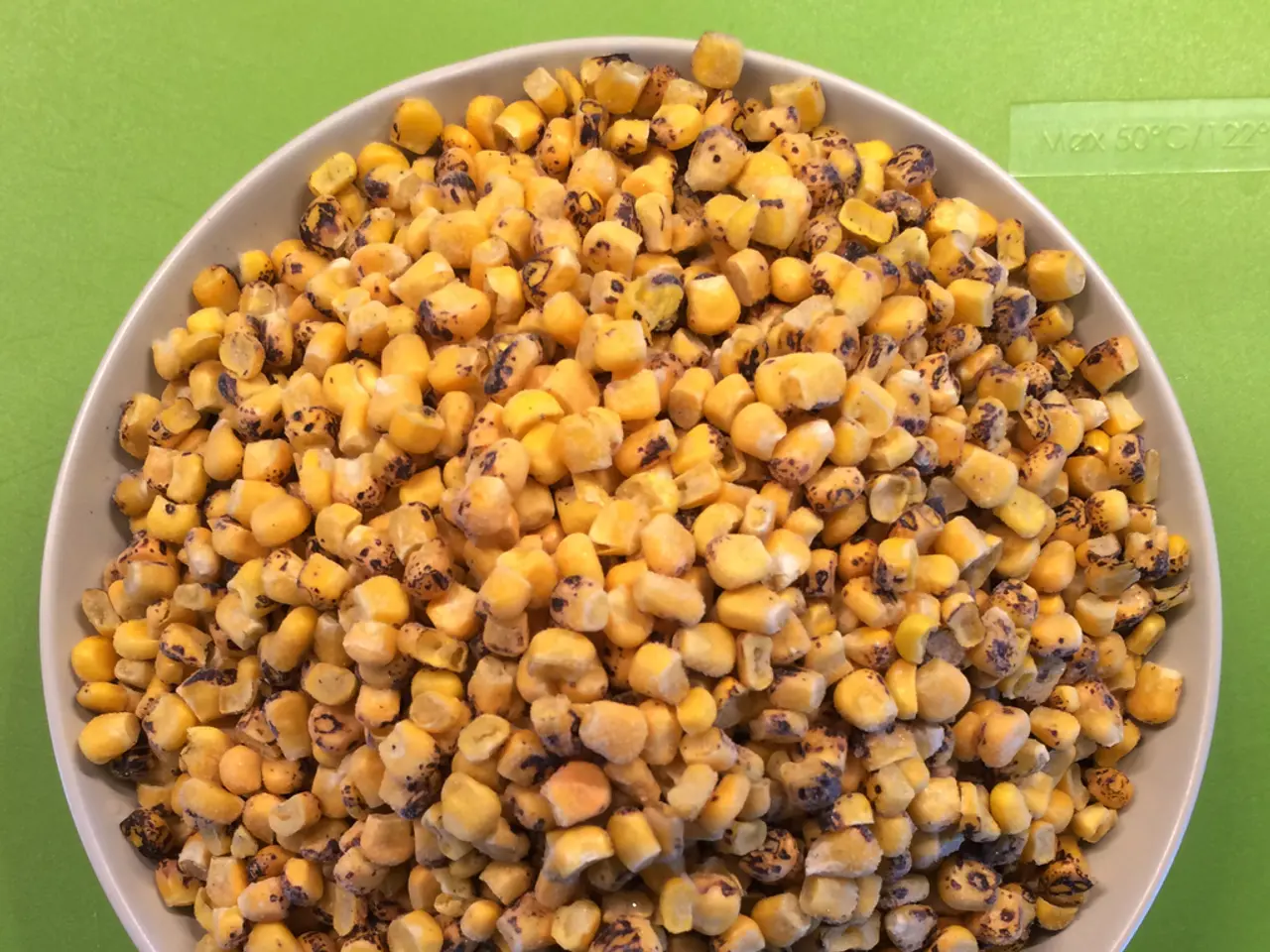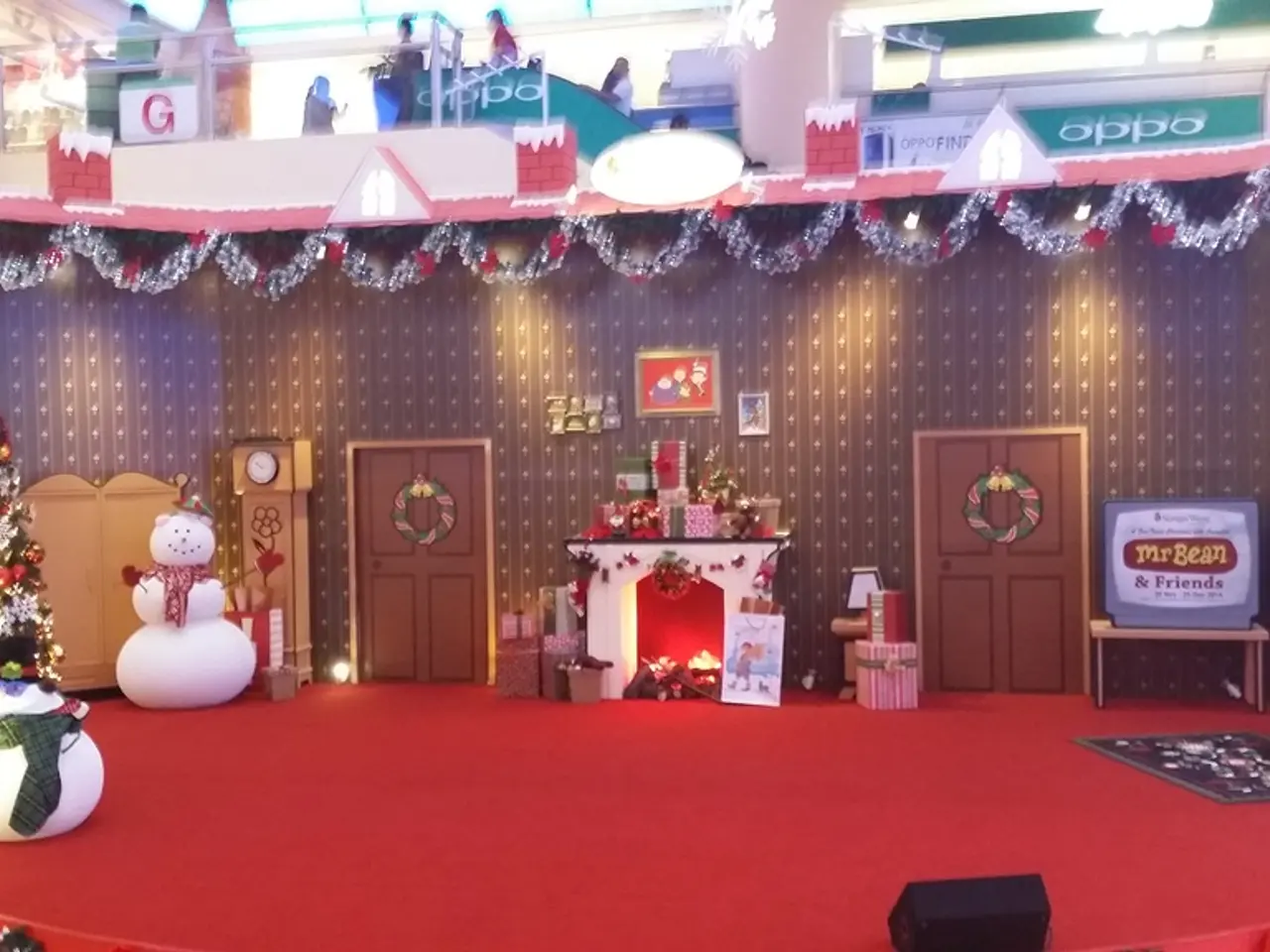Storing Legacy Plant Species for the Year 2125
In a world where technology and science intertwine, the practice of safeguarding genetic diversity through cryopreservation is more than just a technological feat. It's a beacon of hope and resilience for future generations, a testament to our collective desire to preserve the rich biodiversity that has nourished us for centuries.
By embracing these techniques, you become part of a global movement, a guardian of the legacy of ancient seeds. This connection spans across time, linking the past, present, and future in a remarkable way, ensuring that the seeds of our ancestors continue to grow and flourish.
The role of a seed conservation specialist is not one to be taken lightly. It requires a deep understanding of seed biology, genetic diversity, and effective seed bank management. Hands-on experience with laboratory procedures and a thorough understanding of quality control are essential in this field.
However, long-term seed cryopreservation comes with its own set of challenges. The maintenance of specialized freezers, the consumption of energy, and the costs of upkeep are all factors that need to be considered. Some seeds, especially recalcitrant ones, resist freezing and require alternative preservation methods.
International treaties and patent laws also play a significant role in seed cryopreservation efforts worldwide. They dictate access and sharing, ensuring that the benefits of this work are not monopolized by a few.
Cryopreserved seeds help preserve genetic diversity and guarantee seed sovereignty in traditional farming practices. They are a safeguard against the loss of heirloom seeds due to habitat loss, climate change, or urbanization.
Ongoing innovations and global efforts in ethical, sustainable seed cryopreservation significantly enhance the preservation and future use of heirloom seeds. Facilities like the Svalbard Global Seed Vault use low-temperature storage to maintain seed viability over extended periods, securing genetic resources against environmental threats.
Scientific collaborations worldwide, such as those at the San Diego Zoo Wildlife Alliance, demonstrate the advancement of cryopreservation methods to protect not just crop seeds but also endangered plant species. These collaborations provide scalable roadmaps for conservation efforts globally.
Advances in seed cryopreservation also facilitate the storage and potential revival of diverse heirloom seed varieties. Innovative research projects, such as sending egusi seeds to space, open new avenues for applying seed preservation knowledge in extraterrestrial agriculture and long-term food sustainability.
Global cooperative initiatives emphasize ethical sharing of genetic resources and capacity building, ensuring that indigenous and heirloom seeds are conserved with respect to biodiversity and cultural significance. This approach allows for their future use in research, breeding, and sustainable agriculture practices.
Ethical, sustainable cryopreservation not only conserves heirloom seeds but also supports future food security, biodiversity, and adaptation strategies in changing environments. Your efforts today might help someone thousands of years from now enjoy the same rich flavors and biodiversity we cherish.
To become a seed conservation specialist, training in seed storage and preservation techniques, including cryopreservation methods, is required. Staying updated on emerging technologies and legal regulations guarantees effective protection and preservation of heirloom seeds.
In a world where food security and biodiversity are under threat, the work of seed conservation specialists takes on a new significance. They are the guardians of our agricultural heritage, ensuring that the seeds of the past continue to feed us in the future.
- The practice of seed cryopreservation, a result of technological advancements in science, is part of a global movement in health-and-wellness and environmental-science, promoting a lifestyle focused on preserving biodiness for future generations.
- The role of a seed conservation specialist, a professional in the field of science and business, requires a deep understanding of nutrition, genetics, and technology, as well as hands-on experience with laboratory procedures and understanding of quality control.
- Ongoing innovations in the field of environmental-science and technology lead to advances in food-and-drink preservation, such as the storage and potential revival of diverse heirloom seed varieties, impacting food-and-drink choices in a sustainable lifestyle.
- The environmental-science and self-development benefits of seed cryopreservation extend to the home-and-garden sector, as it guarantees seed sovereignty in traditional farming practices, preserving biodiversity and promoting sustainable agriculture.
- Education-and-self-development opportunities are available for those interested in becoming seed conservation specialists, requiring training in seed storage and preservation techniques, including cryopreservation methods, and staying informed about emerging technologies and legal regulations.
- Through ethical, sustainable seed cryopreservation efforts, the world of finance is impacted as investment in this area supports future food security, biodiversity conservation, and adaptation strategies in changing environments, offering long-term benefits with a focus on resilience.




